Botanical Name: Styrax benzoin Common name: Storaxbaum, Benzoin Plant Read More
Botanical Name: |
Styrax benzoin |
|
Common name: |
Storaxbaum, Benzoin |
|
Plant family: |
Styracaceae |
|
Genus: |
Styrax |
|
Appearance/Color: |
This resin is thick brown, viscous
liquid. |
|
Odor: |
Benzoin oil has a sweet, warm and vanilla-like
aroma that is used as a base note with a medium aroma. |
|
Blends With: |
Blends
with Cardamon, Frankincense, Myrrh, Myrtle,
Neroil, orange, petitgrain and sandalwood. |
|
Origin |
India |
The
Benzoin tree originates in java, Sumatra and Thailand where it can grow up to 8
meters (20 feet). Deep incisions are made in the trunk of the tree from which
the grayish-colored sap exudes. When the resinous lump become hard and brittle,
it is collected from the bark. It is then cleaned and processed by solvent
extraction to produce the thick, resinous oil. Also known as Gum Benjamin, It is recommended placing the bottle in very hot water bath, changing the water
frequently and once it is back to the liquid state, gently agitate before
use.
Benzoin was first reported in 1832 by Justus von Liebig and Friedrich Woehler during their research on oil of bitter almond which is benzaldehyde with traces of hydrocyanic acid. The catalytic synthesis by the benzoin condensation was improved by Nikolay Zinin during his time with Liebig.
The complete range of conditions or methods of use are beyond our control therefore we do not assume any responsibility and expressly disclaim any liability for any use of this product. Information contained herein is believed to be true and accurate however, all statements or suggestions are made without warranty, expressed or implied, regarding accuracy of the information, the hazards connected with the use of the material or the results to be obtained from the use thereof. Compliance with all applicable federal, state, and local laws and local regulations remains the responsibility of the user.
The FDA has not evaluated the statements on this website. No claims are made by Venkatramna Industries as to the medicinal value of any products from vriaroma.com or by us. The information presented here is for educating our customers about the traditional uses of essential oils and is not intended to diagnose, treat, cure, or prevent any disease. You are responsible for understanding the safe application of these products. If you have any questions, please call or email us for further information.
As per NAHA guidelines, New Directions Aromatics (NDA) does not recommend the ingestion of essential oils. It is imperative to consult a medical practitioner before using Essential Oils for therapeutic purposes. Pregnant and nursing women and those taking prescription drugs are especially advised not to use this product without the medical advice of a physician. The oil should always be stored in an area that is inaccessible to children, especially those under the age of 7.
Benzoin oil has been in use for
thousands of years ago instances have been found of its use in some of the
oldest civilization of the world, particularly in their religion ceremonies and
in their medicines, mainly due to its antidepressant, disinfectant, and
aromatic properties.
Benzoin
oil is golden-colored, aromatic, thick, resinous oil obtained from the Benzoin
tree whose scientific name is styrax benzoin. Its chief components are Benzyl
Benzoate, Benzoic Acid, Benzaldehyde, Coniferyl Benzoate, cinnamic acid, and
Vanillin. It is antifungal, anti-spasmodic, anti-inflammatory, and a mild
expectorant. It regenerates the skin and is an excellent healing agent.
Benzoin
is one of the classic ingredients of increase, and it has been widely used in
perfumery. Due to Vanillin it has vanilla flavor like aroma.
·
Improves
Circulation
·
Relieves
Anxiety
·
Prevents
Infections
·
Prevents
Sepsis
·
Improve
Digestion
·
Removes
Bad Odor
·
Reduces
Skin Wrinkles
·
Treats
Cough
·
Facilities
Urination
·
Soothes
Inflammation
·
Relieves
Symptoms of Arthritis
·
Antifungal
·
Anti-spasmodic
·
Anti-inflammatory
|
S.No |
Key Constituents |
Strength (%) |
|
1 |
Sumatra
benzoin volatile compounds |
|
|
2 |
Benzyl benzoate |
50.7% |
|
3 |
Benzyl alcohol |
43.4% |
|
4 |
(Z)-Cinnamyl (E)-Cinnamate |
1.5% |
|
5 |
Cinnamic acid |
1.4% |
|
6 |
Ethyl Cinnamate |
1.0% |
|
7 |
Benzoic acid |
0.1% |
|
8 |
Siam benzoin volatile compounds |
|
|
9 |
Benzyl benzoate |
39.3% |
|
10 |
Benzyl alcohol |
38.8% |
|
11 |
Benzoic acid |
18.4% |
|
12 |
Ethyl Cinnamate |
0.8% |
Benzoin
resinoid is a sticky solid. To render it pourable, it is diluted to 50% in
benzyl alcohol, benzyl benzoate, di propylene glycol, or other solvent. Diethyl
phthalate is less commonly used today as a diluent due to toxicity concerns.
Small amount of benzoic acid, benzyl cinnamate, ethyl cinnamate and vanillin
may be added as odorous adulterants
Safety summary
·
Hazards: Skin sensitization (low risk).
·
Caution (dermal): Hypersensitive, diseased or damaged skin,
children under 2 years of age.
·
Maximum adult daily oral dose: 368 mg
·
Maximum dermal use level: 2%
Safety advice:
Our
oral maximum is based on a limit of 5 mg/kg for ‘benzoic acid equivalents’,
which constitute up to 95% of benzoin. Our dermal maximum is a best- practice
estimate for skin safety.
Organ-specific
effects
·
Adverse skin reactions: In a
modified Draize produce on guinea pigs, benzoin ‘oil’ was skin sensitizing when
used at 10%in the challenge phase. Benzoic acid and cinnamic acid have produce
some allergy reactions. Benzyl benzoate and benzyl alcohol are listed in the EU
as allergens, but the risk of allergy from either is negligible. In patch
tested of 477 dermatitis patients, 45 had a positive reaction to compound
tincture of benzoin Of the 45,14 had a strong positive reactions, and 28 had
cross-reactions to similar allergens. Up to 80% of patients sensitive to peru
balsam reacted positively to siamese benzoin. Since both row materials contain
coniferyl benzoate this may be responsible, but it is known to be present in
benzoin resinoids.
·
Reproductive toxicity: The reproductive toxicity data for benzyl
benzoate, benzyl alcohol, benzoic acid and cinnamic acid do not suggest any
restrictions in the use of benzoin in pregnancy beyond those outlined above.
Systematic
effects
·
Acute toxicity: No information found for benzoin. Benzyl
alcohol and benzyl benzoate possess low acute toxicity.
·
Carcinogenic/ anticarcinogenic
potential:
Gum benzoin was mutagenic in a mouse lymphoma assay, but not in Chinese hamster
ovary cells. Gum benzoin produced CA in Chinese hamster lung cells, but was not
genotoxic in a mouse micronucleus test on in the S. typhimurium TA135/Psk1002
umu test. It was not carcinogenic when fed to male rats at 125 or 250 ppm, to
female rats at 250 or 500 ppm, and the male and female mice at 2,500 0r 5,000
ppm for 104 weeks. The resinoid contains known carcinogens, and the MLA and CHL
result ae false positives.
Caution
· Benzene and its derivatives, despite being highly aromatic, are toxic in nature. Therefore, ingestion or inhalation of excessive quantities can cause nausea, vomiting, headache, and lack of oxygen in the blood so it should be avoided.
·
Ecotoxicity: very toxic to aquatic environment.
·
Bioaccumulation: Bioaccumulation unlikely
·
Mobility in soil: No data available
·
Persistence and degradability: No data available
·
Biodegradation: expected
·
PBT and vPvB assessment: No data available


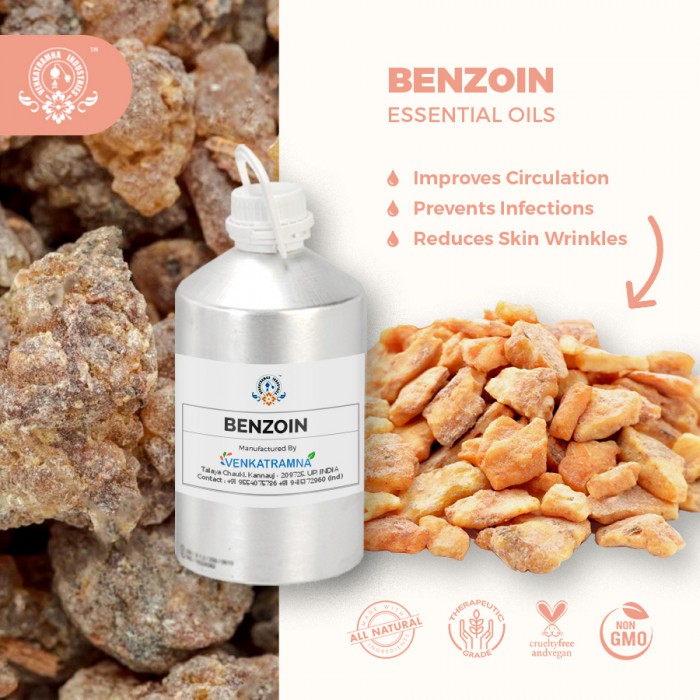
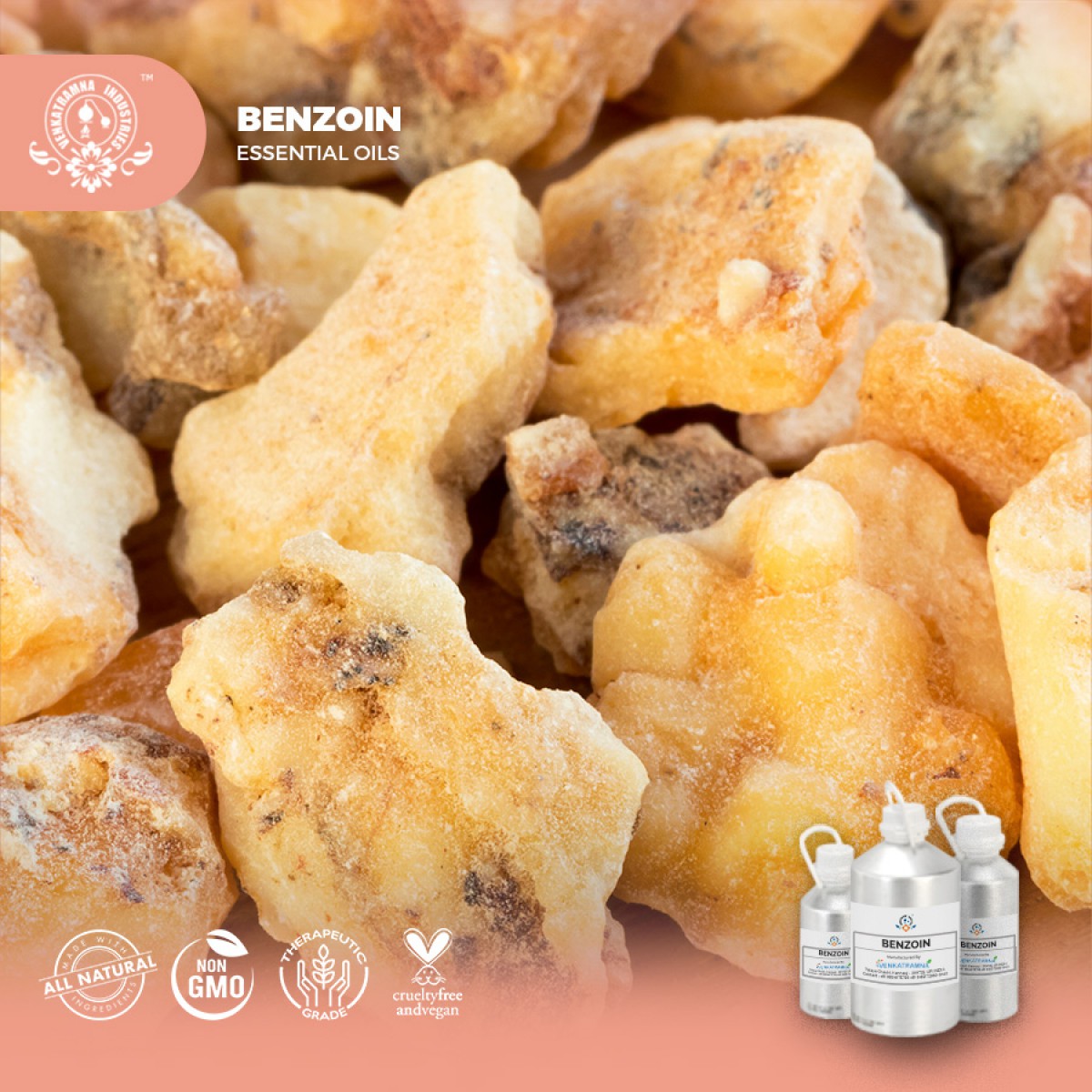
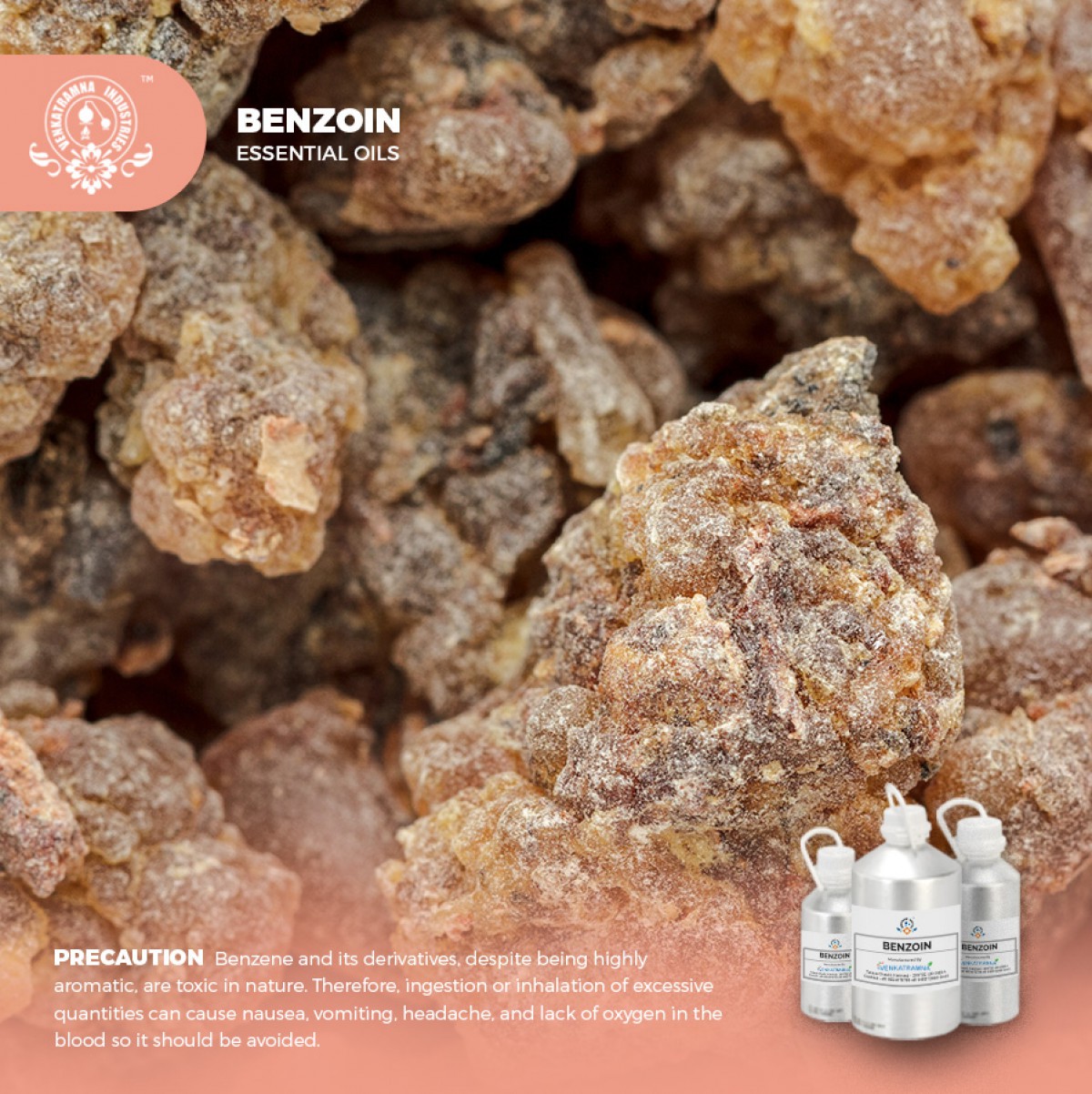
 PS-Benzoin.pdf
PS-Benzoin.pdf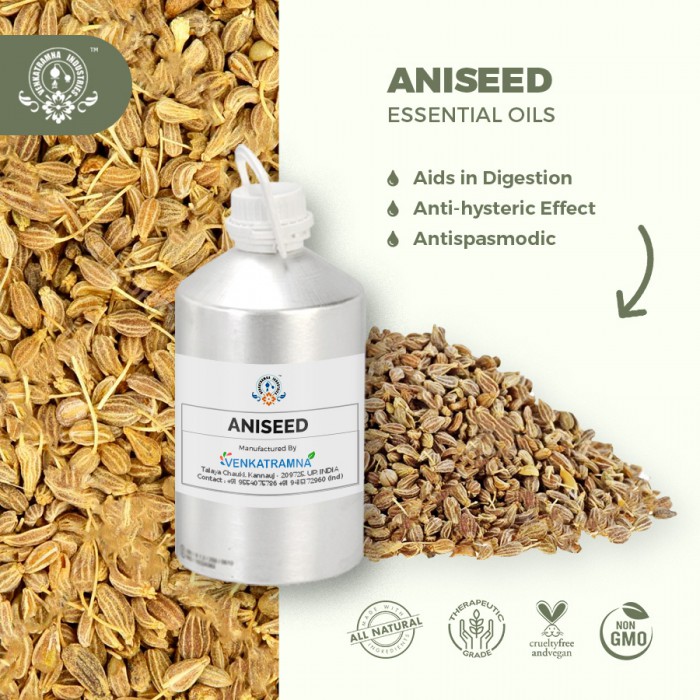
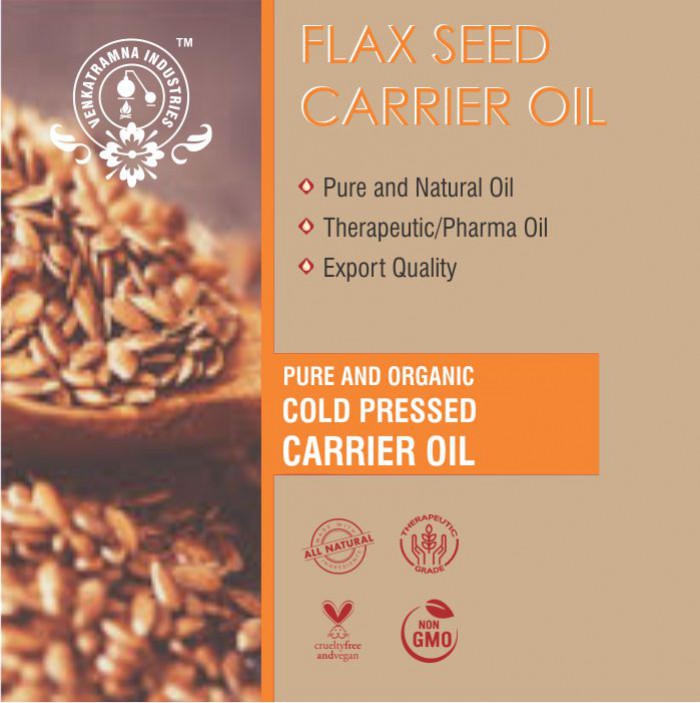
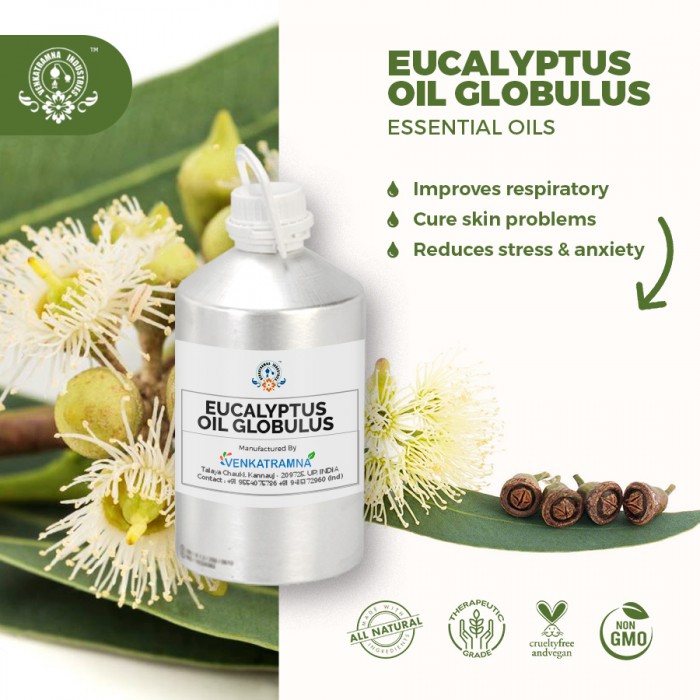
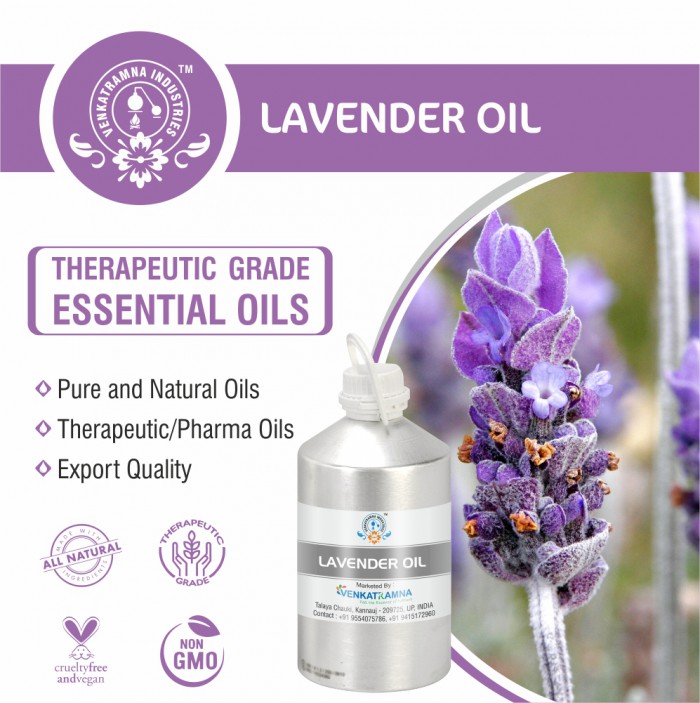
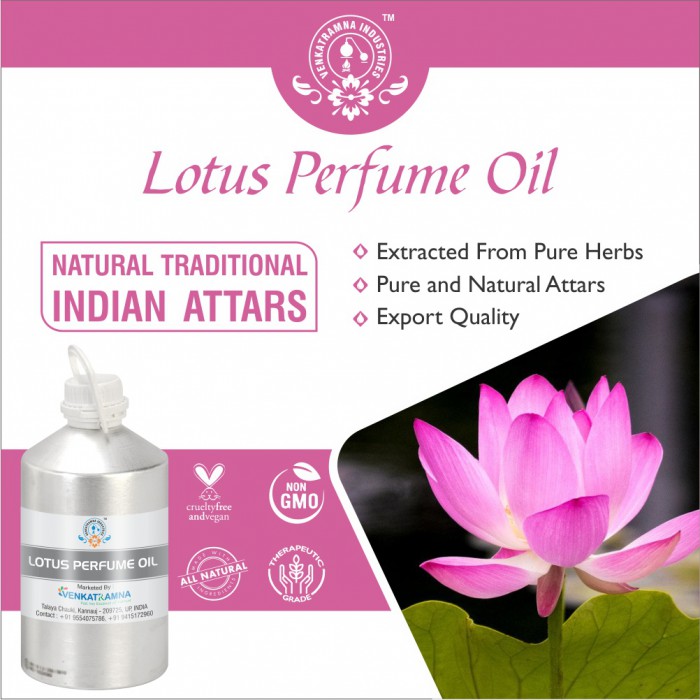
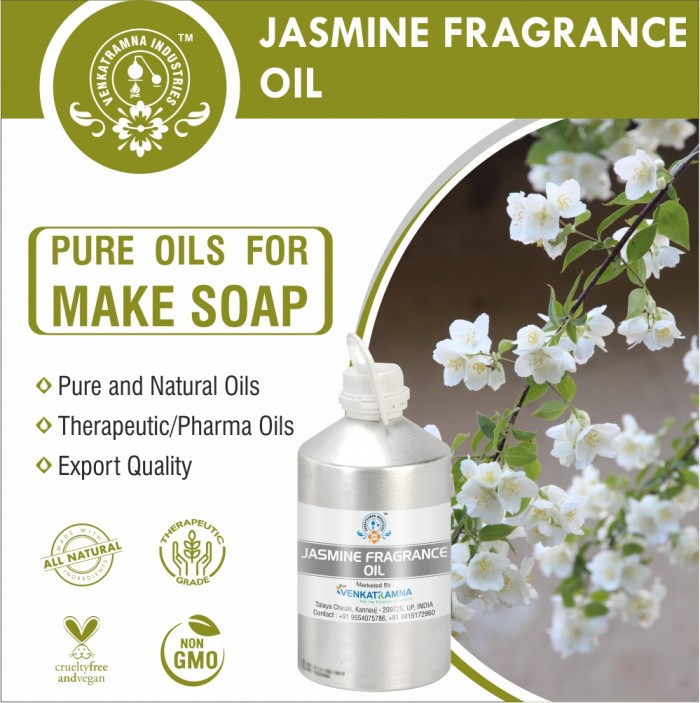
F. andreyevna - 07 May 2022
Quality and delivery time is good.